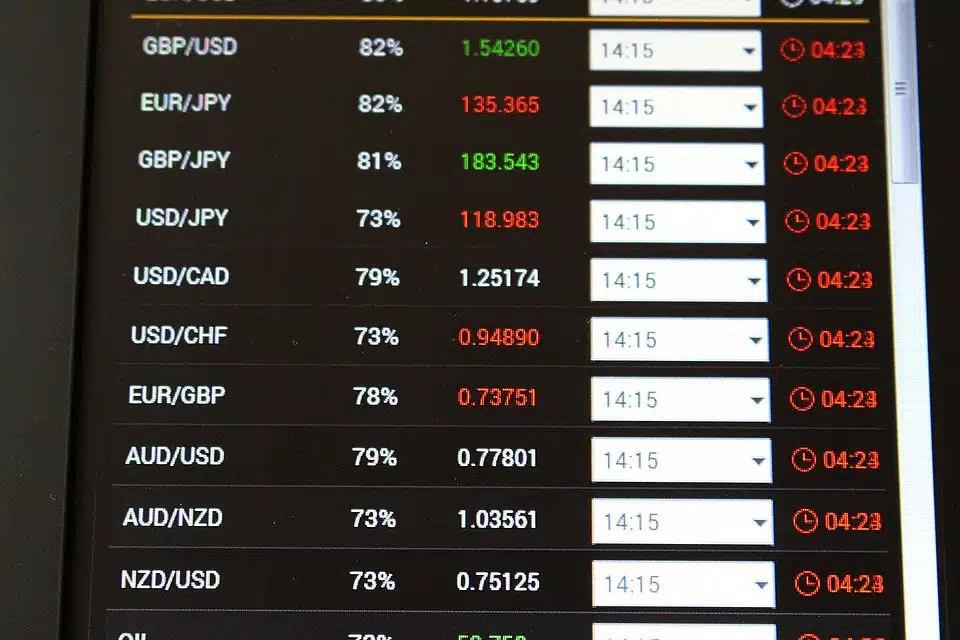Optimistic investors are sending US stocks higher, but they should be wary of moves that “fight the Fed,” according to Lisa Shalett, Chief Investment Officer, Wealth Management at Morgan Stanley. She warns that the economic outlook is blurry and corporate profits remain vulnerable, but strength in the labor market persists.
The US economy could be rescued by a recovery in China, but this could put upward pressure back on prices and prompt the Fed to keep rates higher for longer, which could weigh on asset prices. For the past 10 quarters, US nominal GDP has run between 9% and 14%, compared to the long-run trend of 4-5%. S&P 500 operating margins have also averaged 14.5-16.5%, as opposed to the 25-year average of 12.5%. This indicates that performance is likely to revert back to a long-term average, which could bring about a negative year-over-year change in earnings growth, known as a ‘profits recession’.
A resilient labor market could help the economy achieve a ‘soft landing’ if robust real wages support consumption. However, strong wages and spending could add to inflationary pressures and thus provide little rationale for the Fed to cut rates. This could prove to be a dilemma for investors.
It is clear that the economic outlook is uncertain and investors should be wary of moves that “fight the Fed”. The US economy could be rescued by a recovery in China, but this could put upward pressure on prices and prompt the Fed to keep rates higher for longer. This could have a significant impact on asset prices.
For the past 10 quarters, US nominal GDP has been higher than the long-run trend of 4-5%. Similarly, S&P 500 operating margins have been higher than the 25-year average of 12.5%. This indicates that performance is likely to revert back to the long-term average, which could bring about a negative year-over-year change in earnings growth.
A resilient labor market could help the economy achieve a ‘soft landing’ if robust real wages support consumption. However, strong wages and spending could add to inflationary pressures and thus provide little rationale for the Fed to cut rates. This could prove to be a dilemma for investors, as they must consider the potential impacts of their decisions.
Investors should take into account the potential implications of the economic outlook and their decisions. They should be aware of the potential impacts of a recovery in China, as well as the possibility of a ‘profits recession’. Moreover, they should consider the potential implications of strong wages and spending on inflationary pressures.
Ultimately, investors should be cautious about moves that “fight the Fed”. They should consider the potential risks and rewards of any decision they make, and be aware of the potential impacts of the economic outlook. By taking these factors into account, they can make informed decisions that could help them achieve their financial goals.


